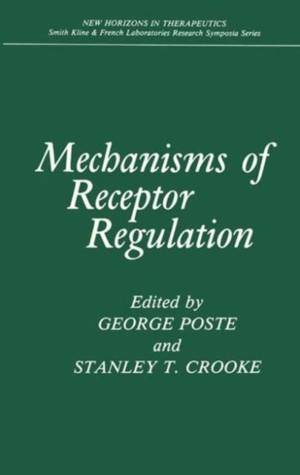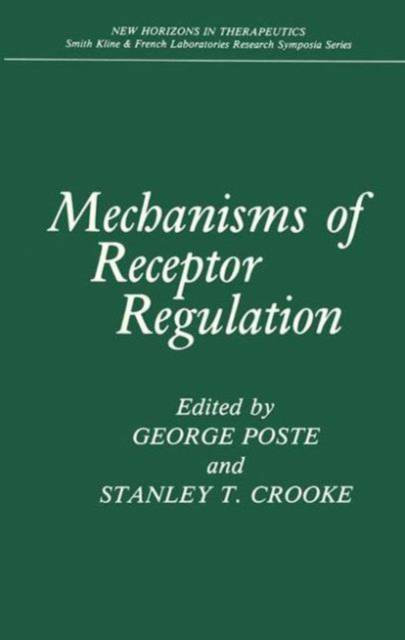
- Afhalen na 1 uur in een winkel met voorraad
- Gratis thuislevering in België vanaf € 30
- Ruim aanbod met 7 miljoen producten
- Afhalen na 1 uur in een winkel met voorraad
- Gratis thuislevering in België vanaf € 30
- Ruim aanbod met 7 miljoen producten
Zoeken
Mechanisms of Receptor Regulation
€ 100,95
+ 201 punten
Omschrijving
It is less than 80 years since John Newport Langley first proposed the role of "receptive substances" as the site of drug action from his obser- vations on the effects of nicotine and curare at the myoneural junction. The many advances in our understanding of receptor biology that have occurred during the intervening period mirror the extraordinary growth of knowledge in the biological sciences and in cell and molecular biology in particular. Receptor biology, in common with many other topics in contemporary biology, is on the threshold of a transition from being a descriptive, phenomenological discipline to one in which underlying mechanisms and regulatory principles can be defined with increasing pre- cision. This change, together with the evolution of powerful analytical techniques and timely convergence of ideas from a number of previously separate fields of inquiry, is generating an increasingly unified theoretical and experimental framework for the study of receptor function. These themes, and the mood of anticipation that a real understanding of receptor function in health and disease is emerging, are reflected in in this volume, which summarizes the proceedings of the Sec- the papers ond Smith Kline & French Research Symposium on New Horizons in Therapeutics held in Philadelphia in 1984.
Specificaties
Betrokkenen
- Uitgeverij:
Inhoud
- Aantal bladzijden:
- 458
- Taal:
- Engels
- Reeks:
Eigenschappen
- Productcode (EAN):
- 9780306421259
- Verschijningsdatum:
- 31/03/1986
- Uitvoering:
- Hardcover
- Formaat:
- Genaaid
- Gewicht:
- 769 g

Alleen bij Standaard Boekhandel
+ 201 punten op je klantenkaart van Standaard Boekhandel
Beoordelingen
We publiceren alleen reviews die voldoen aan de voorwaarden voor reviews. Bekijk onze voorwaarden voor reviews.










